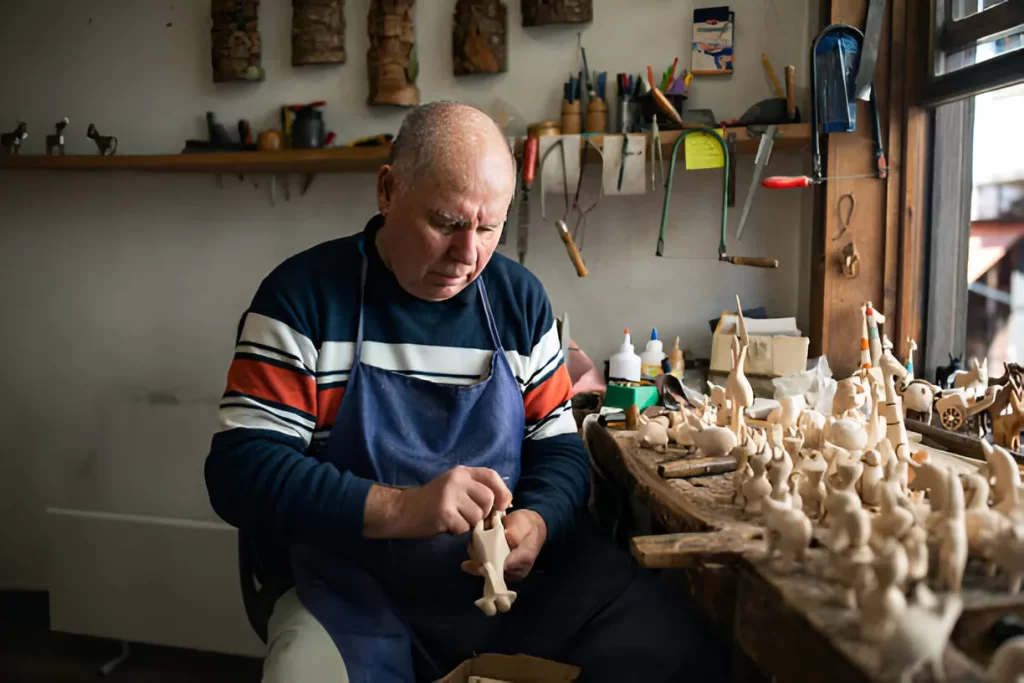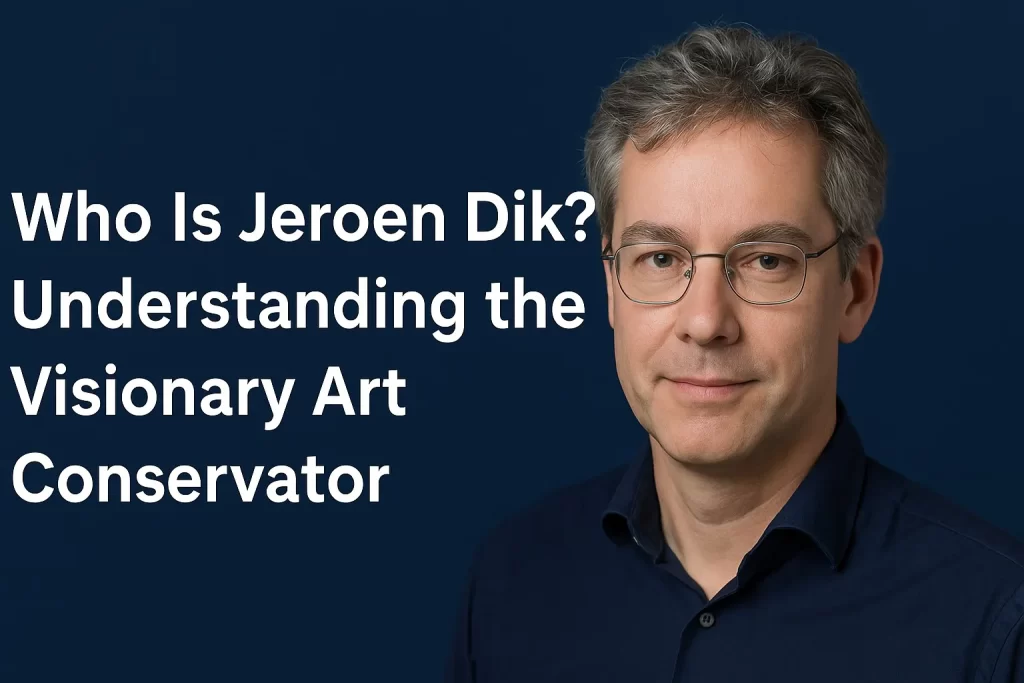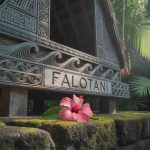Table of Contents
Jeroen Dik is a renowned Dutch scientist and art conservator who has revolutionized the way we analyze, understand, and preserve historical artwork.
With a background in materials science and a deep passion for cultural heritage, Dik has contributed significantly to the intersection of art and technology.
This blog explores his groundbreaking work, contributions to the field of cultural heritage, and the impact of his research on modern-day art conservation.
Academic Background and Career Highlights
From Delft University to Art Science
Jeroen Dik earned his Ph.D. in materials science from Delft University of Technology. He later transitioned into cultural heritage research, combining chemistry, physics, and art history to develop new conservation methods.
Professor at TU Delft
Dik is currently a professor at Delft University of Technology, where he teaches and conducts research in the Department of Materials Science and Engineering.
He also works closely with museums and restoration labs across Europe.
Key Contributions to Art Conservation

Pioneering X-Ray Fluorescence Scanning
Jeroen Dik gained international recognition for developing macro X-ray fluorescence (MA-XRF) scanning, a non-invasive imaging technique that reveals hidden layers beneath famous paintings.
Notable Example
- In 2015, his team uncovered a hidden portrait beneath Vincent van Gogh’s Patch of Grass, offering a glimpse into the artist’s process and reuse of canvases.
High-Resolution 3D Scanning
Dik has also advanced 3D scanning technologies that enable conservators to map out the surface texture and topography of artworks in microscopic detail, crucial for understanding aging and damage.
Multispectral Imaging Research
His use of multispectral imaging, including infrared and ultraviolet, allows for the identification of pigments and materials that are invisible to the naked eye, without damaging the artwork.
Major Projects and Collaborations

Partnership With Major Museums
Jeroen Dik has collaborated with leading institutions such as:
- The Rijksmuseum (Amsterdam)
- The Van Gogh Museum
- The Mauritshuis (The Hague)
These collaborations have allowed him to apply his research directly to the preservation of iconic artworks.
The Rembrandt Project
Dik’s team participated in the Operation Night Watch project, helping restore Rembrandt’s masterpiece using cutting-edge technologies like XRF mapping and AI-based pigment analysis.
Why Jeroen Dik’s Work Matters?
Redefining Art History
By making invisible features visible, Dik’s methods allow art historians to:
- Understand artists’ working methods
- Discover alterations and hidden compositions
- Authenticate artworks with greater accuracy
Non-Destructive Techniques
His innovations focus on non-invasive, non-destructive testing, ensuring the long-term preservation of priceless art.
Read also: Pabington
Awards and Recognition
Jeroen Dik has received numerous accolades for his work, including:
- Dutch National Science Agenda recognition
- International conference invitations
- Features in major science publications like Nature and The New York Times
His contributions are not just academic—they directly shape how we conserve and study cultural heritage.
Impact on the Future of Art Preservation
Dik’s pioneering methods are now being taught in art conservation courses and adopted by institutions worldwide. His open-access approach and international cooperation have made advanced imaging more accessible.
People also ask
Who is Jeroen Dik?
Jeroen Dik is a Dutch scientist and professor at TU Delft known for developing imaging technologies for art conservation, including XRF and multispectral scanning.
What did Jeroen Dik discover in Van Gogh’s painting?
He revealed a hidden portrait beneath Patch of Grass using macro X-ray fluorescence, showing how Van Gogh reused canvases.
Why is Jeroen Dik important to the art world?
His work helps museums and scholars uncover hidden layers, pigment compositions, and damage without harming the artwork.
Is Jeroen Dik’s research used globally?
Yes, his methods are now applied by major museums across Europe and internationally for art authentication and restoration.
How can I learn more about his work?
You can find more in his academic publications or through documentaries and exhibitions featuring his collaborations with museums.
Final Words
Jeroen Dik stands at the intersection of science and art, offering powerful tools to explore and preserve humanity’s greatest masterpieces.
His techniques have not only changed the way we see art but have also safeguarded it for future generations.
If you’re fascinated by the fusion of art, history, and science, Jeroen Dik’s work is an inspiring example of what innovation in cultural heritage looks like.






